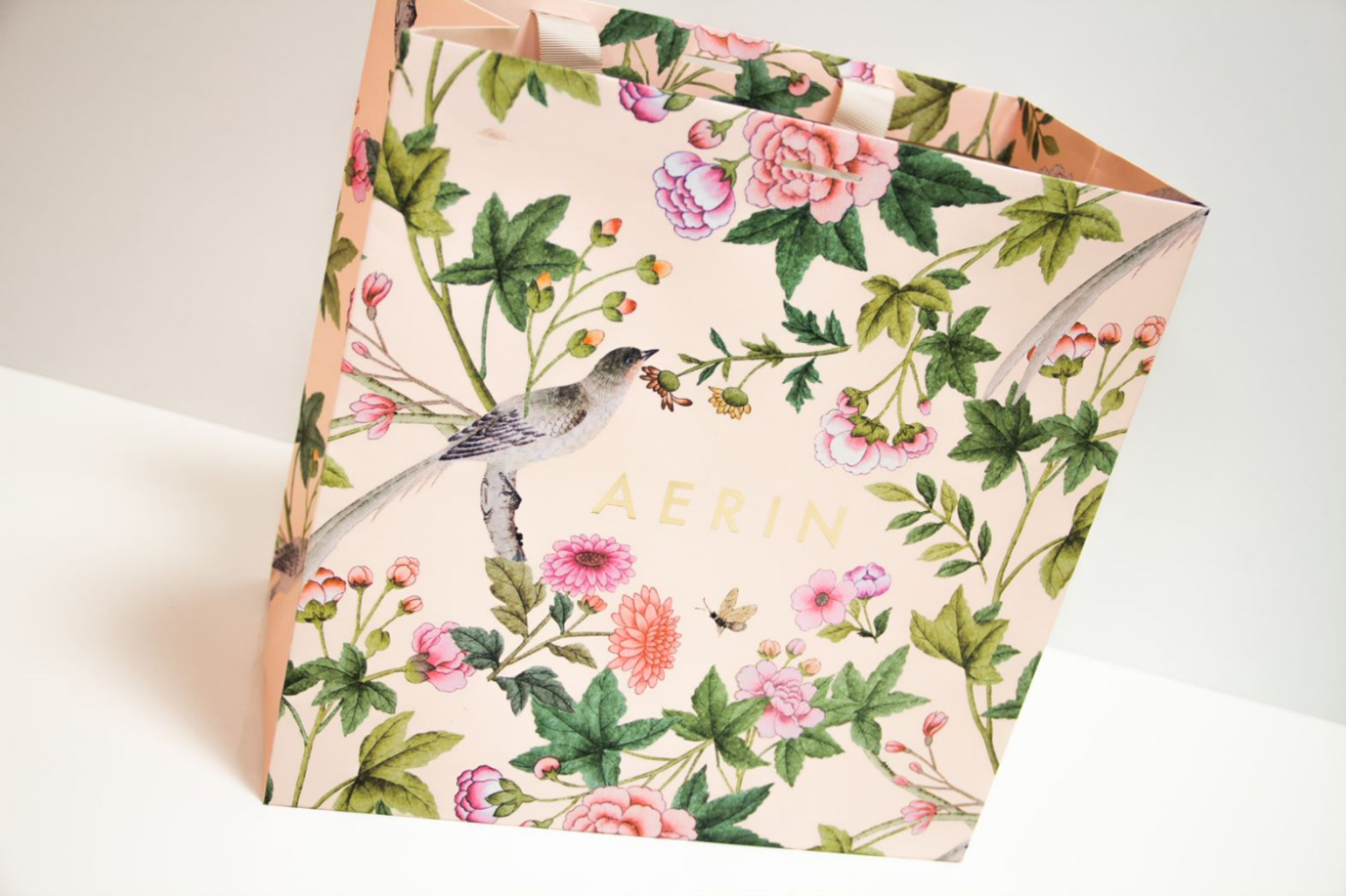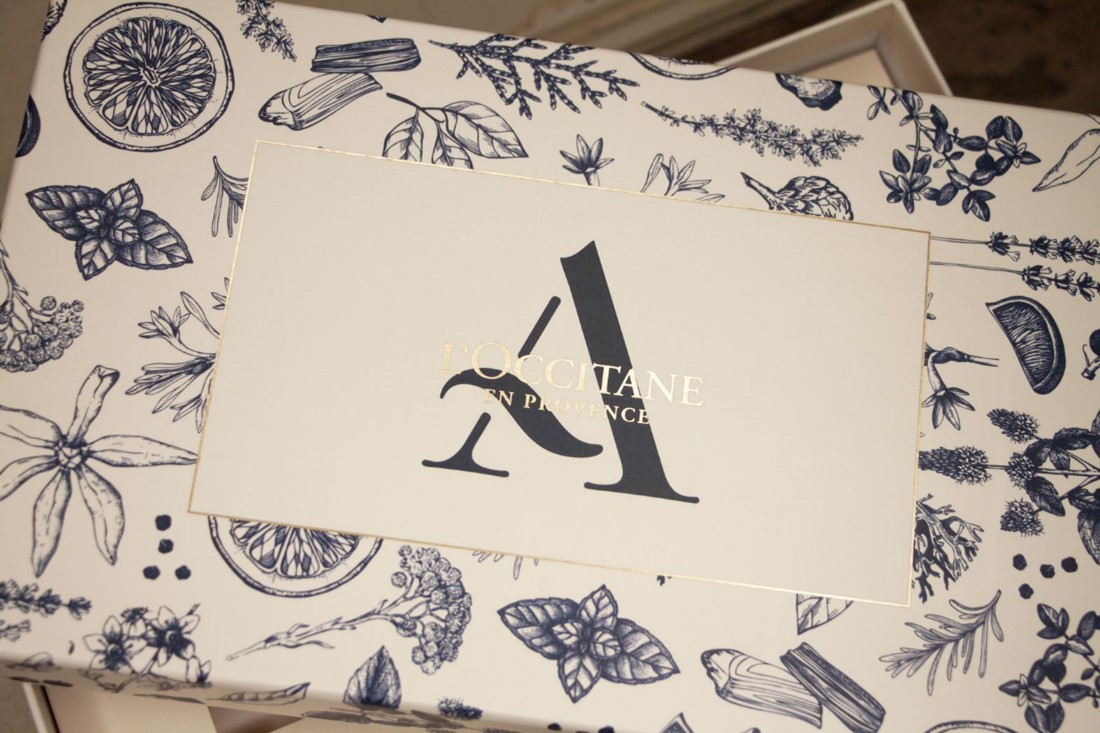
The fashion industry has traditionally defined itself by exclusivity. Now, it’s amid a race to pursue the opposite – inclusivity.
In isolation, it is a remarkable shift. However, fashion brands now have little choice but to widen their audience. And this is to be encouraged.
The reasons we are witnessing fashion’s substantial inclusivity drive are twofold. The economic argument is that, via social media, fashion brands are seen in territories and markets where visibility was previously low.
In addition, after a challenging retail year, it is prudent not to lock out any potential market base.
The social argument is that brands must take responsible business practices seriously. This, of course, includes thinking about such vital components as sustainable packaging.
But the moral imperative is to look at how we can do more, especially with a consumer base that is more socially aware than preceding generations.
We’ve seen some great examples of brands adopting forward-thinking, progressive attitudes. Brands getting this right include Rihanna’s Fenty dynasty, which contains a shade-inclusive makeup line and body positive lingerie. Good American and ASOS have similarly flourished due in no small part to their commitment to inclusivity.
Adopting a thorough and coherent approach to inclusivity can position you ahead of competitors and cater to a greater breadth of customer needs. Consumers are more likely to shop with businesses that showcase their inclusion and diversity credentials.
Incorporating inclusivity into packaging is a market and social inevitability. We’ve outlined here what it is, and how it can be best integrated by fashion brands and retailers.
What is inclusive fashion packaging?

In relation to fashion, inclusive packaging concerns origin and manufacturing standards. Too often, bags and boxes are produced amid improper working conditions.
This, unfortunately, leads to exploitation on a global scale. And that is a massive problem, since workers, consumers and communities in these territories can instinctively feel excluded from the products.
Where this has previously been deemed an economic necessity, brands can utilise both individual and collective power to persuade, influence or, indeed, boycott unscrupulous manufacturers.
This is especially pertinent to luxury packing, with consumers of luxury products the most likely to reject unethically manufactured goods.
Environmental concerns are especially applicable to inclusive packaging. Damaging practices that harm communities and delicate ecosystems risk excluding those customers within those territories and, more widely, groups for which environmental concerns are prioritised are potentially excluded.
How can it be used by fashion brands?
Rather than relying on paper and plastic, bamboo, and coconut fibres, for instance, provide ethical alternatives which, for overseas producers, allows brands to work collaboratively with smaller, local farmers. Assimilating communities this way is essential to counter exclusion.
And, as well as contributing to your sustainability efforts, it tells customers an interesting story that runs much deeper than other, more superficial marketing ploys.
People of wealthy countries won’t bear the brunt of climate change to the same extent as those in less privileged parts of the world. Adapting to local needs and carbon considerations is an ideal way for fashion brands to underline a sustainable and inclusionary message.
Packaging is often the first physical point of contact customers have with your brand, so ensuring they feel represented can encourage a positive overall experience. This can then later lead to a repurchase, recommendations and ongoing brand loyalty.
Fashion brands and retailers can also tailor the imagery and language used on exterior packaging to cover different consumer bases.
Usually, the internal elements are self-explanatory but, if any important information needs to be communicated, maximising comprehension is vital for inclusivity targets. This is something that the beauty industry is already leaning into, aware that, for example, 1.3 billion people live with visual impairments.
Social and market demands have aligned to necessitate inclusivity. And for fashion packaging, it has never been easier – or more critical – to embrace that change.
Find your inclusive packing solution
For more information on our range of sustainable and inclusive luxury packaging, contact the Delta Global team today.

